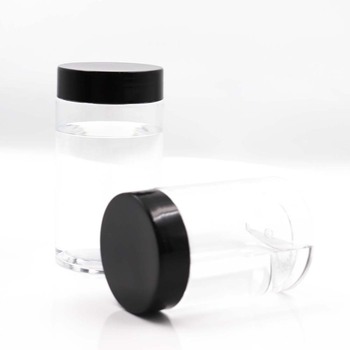Popular Science on Precursor Chemicals--γ-Butyrolactone
Gamma-Butyrolactone (GBL) is an important chemical raw material and solvent with the chemical formula C4H6O2 and CAS number 96-48-0. It is a colorless, oily liquid with a weak characteristic odor and is soluble in water. Due to its unique chemical properties, gamma-butyrolactone has been widely used in many fields.
1. Physical and chemical properties of gamma-butyrolactone
Gamma-butyrolactone is a hygroscopic compound, which means that it can absorb moisture and bind to moisture. Its relatively low boiling point and good solubility make gamma-butyrolactone an ideal solvent. At room temperature, it is liquid with good fluidity and operability. The ester bond in its chemical structure makes gamma-butyrolactone show good reactivity in certain chemical reactions.
2. Main applications of gamma-butyrolactone
2.1 As a solvent
In the chemical industry, gamma-butyrolactone is widely used as a solvent. It can effectively dissolve a variety of organic compounds, so it is often used as a reaction medium when preparing chemical reactions. For example, the solubility of γ-butyrolactone provides the necessary reaction environment when synthesizing polymers, coatings and adhesives.
2.2 Pharmaceutical intermediates
γ-butyrolactone also plays an important role in the pharmaceutical industry. As a pharmaceutical intermediate, γ-butyrolactone (GBL) is used to synthesize a variety of drugs. Its chemical properties enable it to react with other chemicals during the synthesis process to form biologically active compounds. This property makes γ-butyrolactone highly valuable in the pharmaceutical industry.
2.3 Household and industrial cleaners
In addition, γ-butyrolactone is also used to produce some detergents and paint removers. Its good solubility and cleaning ability make it widely used in the cleaning industry. In household cleaning and industrial cleaning processes, γ-butyrolactone is often added to cleaning products to enhance its cleaning ability.
2.4 Application of fragrances
γ-butyrolactone is also used as a fragrance ingredient. Due to its unique smell, γ-butyrolactone can be used as a base ingredient for fragrances and added to various fragrance products. Its characteristic smell enhances the attractiveness and market competitiveness of the product to a certain extent.
3. Safety and risks of γ-butyrolactone
Although γ-butyrolactone has a wide range of applications in many aspects, its safety issues cannot be ignored. According to the list of carcinogens published by the World Health Organization's International Agency for Research on Cancer in 2017, γ-butyrolactone is listed as a Class 3 carcinogen. This means that under certain conditions, γ-butyrolactone may pose a potential hazard to human health. Therefore, when using and handling γ-butyrolactone, the corresponding safety operating procedures must be followed.
3.1 Impact on the human body
After entering the human body, γ-butyrolactone can be converted into the "rape drug" γ-hydroxybutyric acid (GHB). This conversion process makes γ-butyrolactone abused in some cases and become an illegal drug. In medical and industrial applications, the use of γ-butyrolactone must be strictly controlled to prevent it from being used for improper purposes.
3.2 Safe handling and storage
When handling γ-butyrolactone, be sure to wear appropriate protective equipment, such as gloves and goggles. When storing, it should be placed in a cool, dry place, away from direct sunlight and high temperature environment to prevent changes in chemical properties. At the same time, ensure that the storage area is well ventilated to reduce the risk of accumulation of harmful gases.
In general, gamma-butyrolactone (GBL) is an important chemical raw material, widely used in many fields such as chemical synthesis, pharmaceutical manufacturing and cleaning agents. However, due to its potential health risks and abuse issues, strict safety measures must be taken when using this compound. With the continuous deepening of research on gamma-butyrolactone, more safe and effective application methods may be developed in the future, providing new impetus for the development of the chemical and pharmaceutical industries.